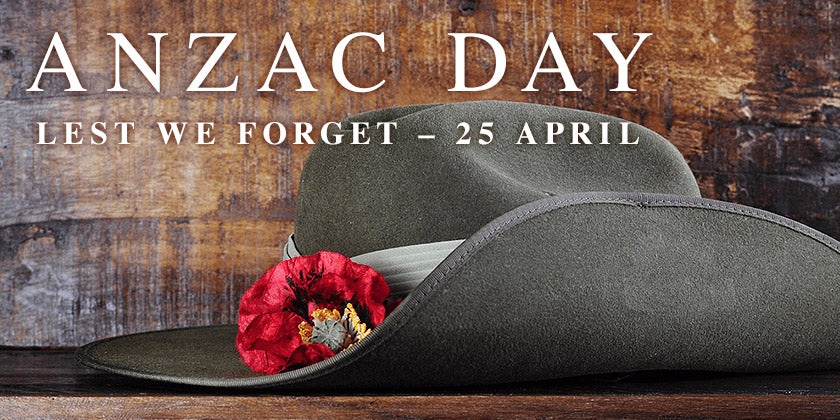10 interesting facts about Anzac Day

Every year, on the 25th of April, Australians are given the opportunity to pause, reflect and remember the incredibly brave ANZAC soldiers who lost their lives, or who were wounded, at Gallipoli.
To help commemorate, we’ve assembled these 10 facts that you may not know about Anzac Day:
- Originally, the term ‘ANZAC’ was used to mean any soldier who was a member of the army corps that fought at Gallipoli. While typically thought of as just Australian and New Zealand nationals, the ANZACs included officers from India, Ceylon, the Pacific Islands, England and Ireland. However, the term has subsequently been broadened to mean any Australian or New Zealander who fought or served in the First World War.
- A soldier named Alec Campbell was the last surviving ANZAC. He died on 16 May, 2002.
- The most significant time to remember the ANZACs is at dawn, as this is when the original Gallipoli landing occurred. The dawn service was first started by returned soldiers in the 1920s and originally, dawn services were only attended by veterans. Today, anyone can attend a service.
- One of the key reasons for the failure of the Gallipoli offensive was the fact that the boats carrying the Australian and New Zealand soldiers landed at the wrong spot. Instead of finding a flat beach, they faced steep cliffs, and constant barrages of fire and shelling from the Turkish soldiers.
- While the battle itself was a crushing defeat, the Australian and New Zealand soldiers were relentless and displayed incredible courage and endurance, even despite the most horrible of circumstances. This is how the ANZAC legend was born.
- The Gallipoli battle itself ended in a stalemate, when the ANZACs retreated after eight months of battle.
- The ANZAC spirit is wonderfully represented by a brave man – Private John Simpson Kirkpatrick. He was a stretcher bearer in the Australian Army Medical Corps, and spent his nights and days rescuing injured men from the battle lines in Monash Valley. He transported them back to the safety of ANZAC cove on his donkey. He is thought to have rescued over 300 wounded soldiers.
- Another man who epitomised the ANZAC spirit was Charles Billyard-Leake. In 1914, he was living in a large manor in the UK – which he turned into a hospital for ANZAC soldiers. During the war, and for a while afterwards, over 50,000 Australians stayed at this Harefield Hospital.
- The Last Post was typically played during war to tell soldiers the day’s fighting had finished. At memorial services, it symbolises that the duty of the dead has finished, and they can rest in peace.
- ANZAC biscuits were believed to have made an appearance during the Gallipoli offensive. Made of oats, sugar, flour, coconut, butter and golden syrup, they were hard and long-lasting, and were ideal for troops in the trenches. They were apparently eaten instead of bread.
Lest we forget.
12 Apr 2016